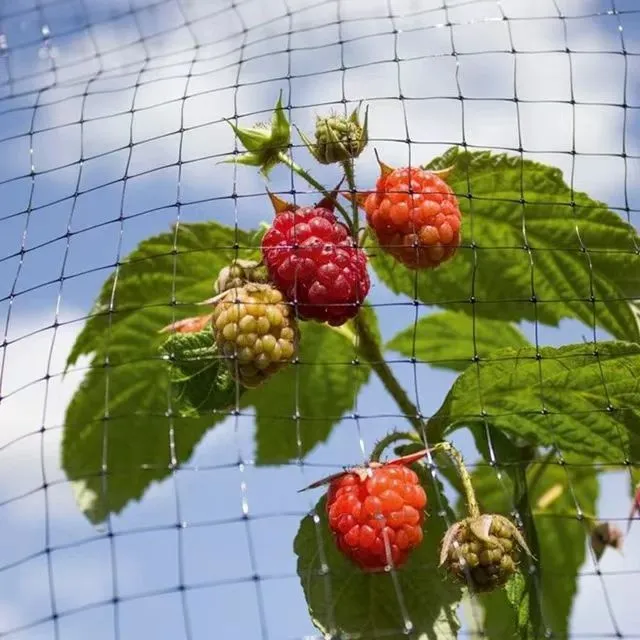-
 Afrikaans
Afrikaans -
 Albanian
Albanian -
 Amharic
Amharic -
 Arabic
Arabic -
 Armenian
Armenian -
 Azerbaijani
Azerbaijani -
 Basque
Basque -
 Belarusian
Belarusian -
 Bengali
Bengali -
 Bosnian
Bosnian -
 Bulgarian
Bulgarian -
 Catalan
Catalan -
 Cebuano
Cebuano -
 China
China -
 Corsican
Corsican -
 Croatian
Croatian -
 Czech
Czech -
 Danish
Danish -
 Dutch
Dutch -
 English
English -
 Esperanto
Esperanto -
 Estonian
Estonian -
 Finnish
Finnish -
 French
French -
 Frisian
Frisian -
 Galician
Galician -
 Georgian
Georgian -
 German
German -
 Greek
Greek -
 Gujarati
Gujarati -
 Haitian Creole
Haitian Creole -
 hausa
hausa -
 hawaiian
hawaiian -
 Hebrew
Hebrew -
 Hindi
Hindi -
 Miao
Miao -
 Hungarian
Hungarian -
 Icelandic
Icelandic -
 igbo
igbo -
 Indonesian
Indonesian -
 irish
irish -
 Italian
Italian -
 Japanese
Japanese -
 Javanese
Javanese -
 Kannada
Kannada -
 kazakh
kazakh -
 Khmer
Khmer -
 Rwandese
Rwandese -
 Korean
Korean -
 Kurdish
Kurdish -
 Kyrgyz
Kyrgyz -
 Lao
Lao -
 Latin
Latin -
 Latvian
Latvian -
 Lithuanian
Lithuanian -
 Luxembourgish
Luxembourgish -
 Macedonian
Macedonian -
 Malgashi
Malgashi -
 Malay
Malay -
 Malayalam
Malayalam -
 Maltese
Maltese -
 Maori
Maori -
 Marathi
Marathi -
 Mongolian
Mongolian -
 Myanmar
Myanmar -
 Nepali
Nepali -
 Norwegian
Norwegian -
 Norwegian
Norwegian -
 Occitan
Occitan -
 Pashto
Pashto -
 Persian
Persian -
 Polish
Polish -
 Portuguese
Portuguese -
 Punjabi
Punjabi -
 Romanian
Romanian -
 Russian
Russian -
 Samoan
Samoan -
 Scottish Gaelic
Scottish Gaelic -
 Serbian
Serbian -
 Sesotho
Sesotho -
 Shona
Shona -
 Sindhi
Sindhi -
 Sinhala
Sinhala -
 Slovak
Slovak -
 Slovenian
Slovenian -
 Somali
Somali -
 Spanish
Spanish -
 Sundanese
Sundanese -
 Swahili
Swahili -
 Swedish
Swedish -
 Tagalog
Tagalog -
 Tajik
Tajik -
 Tamil
Tamil -
 Tatar
Tatar -
 Telugu
Telugu -
 Thai
Thai -
 Turkish
Turkish -
 Turkmen
Turkmen -
 Ukrainian
Ukrainian -
 Urdu
Urdu -
 Uighur
Uighur -
 Uzbek
Uzbek -
 Vietnamese
Vietnamese -
 Welsh
Welsh -
 Bantu
Bantu -
 Yiddish
Yiddish -
 Yoruba
Yoruba -
 Zulu
Zulu
Durable Plastic Nets for Effective Poultry Protection and Management Solutions
The Importance of Plastic Poultry Netting in Modern Agriculture
In the ever-evolving field of agriculture, effective management practices are crucial for ensuring the health and productivity of livestock. One innovative solution that has gained significant traction in recent years is the use of plastic poultry netting. This versatile material has revolutionized how farmers manage their poultry, providing benefits that range from increased safety to enhanced productivity.
Plastic poultry netting, as the name suggests, is a durable and lightweight fencing solution designed specifically for poultry farming. Made from high-density polyethylene or similar materials, this netting is resistant to weather conditions, making it an ideal choice for outdoor use. Farmers have increasingly turned to plastic netting due to its ability to influence the way they manage their flocks.
One of the primary advantages of plastic poultry netting is its ability to provide effective protection for birds. The fine mesh design prevents predators such as raccoons, foxes, and hawks from gaining access to the chickens. This safety feature is critical not just for the protection of the flock but also contributes to the overall peace of mind for farmers. Knowing that their birds are safeguarded allows farmers to focus more on other aspects of poultry care, knowing they have a reliable barrier in place.
In addition to predator control, plastic poultry netting is an excellent solution for creating designated spaces for free-range poultry
. With the growing demand for free-range and organic eggs, farmers are finding ways to allow their birds to roam while still keeping them secure. Plastic netting can be used to create safe enclosures that give poultry the opportunity to forage and exhibit natural behaviors. This not only improves their quality of life but also enhances the flavor and nutritional value of the eggs they produce, catering to a more health-conscious consumer base.plastic poultry net

Another significant benefit of plastic poultry netting is its lightweight and portable nature. Farmers can easily move the netting from one location to another, enabling them to rotate pasture areas for their birds. This practice not only enriches the soil but also prevents overgrazing and reduces the risk of disease among the flock. By implementing rotational grazing strategies supported by plastic netting, farmers can maintain a healthier environment for their poultry, leading to improved overall productivity.
The economic aspect of plastic poultry netting cannot be overlooked. Compared to traditional fencing options, such as wooden or wire fencing, plastic netting is cost-effective. Its durability means it does not require frequent replacement, ultimately saving farmers money in the long run. Furthermore, the ease of installation reduces labor costs, making it accessible for both small-scale backyard poultry keepers and large commercial operations alike.
Sustainability is another crucial consideration in modern agriculture. As consumers increasingly demand eco-friendly products, the use of plastic poultry netting aligns well with sustainable farming practices. Many manufacturers are now producing netting from recycled materials, contributing to waste reduction and promoting a circular economy. Farmers who choose sustainable options can market their products as environmentally friendly, appealing to a growing demographic of conscious consumers.
In conclusion, plastic poultry netting plays a vital role in modern poultry farming. By providing protection from predators, promoting free-range practices, offering portability, improving economic efficiency, and supporting sustainability, it addresses many of the challenges faced by poultry farmers today. As the agricultural sector continues to innovate, plastic poultry netting will likely remain an indispensable tool for ensuring the health and safety of our feathered friends.
-
Shipping Plastic Bags for Every NeedNewsJul.24,2025
-
Safety Netting: Your Shield in ConstructionNewsJul.24,2025
-
Plastic Mesh Netting for Everyday UseNewsJul.24,2025
-
Nylon Netting for Every UseNewsJul.24,2025
-
Mesh Breeder Box for Fish TanksNewsJul.24,2025
-
Expanded Steel Mesh Offers Durable VersatilityNewsJul.24,2025











